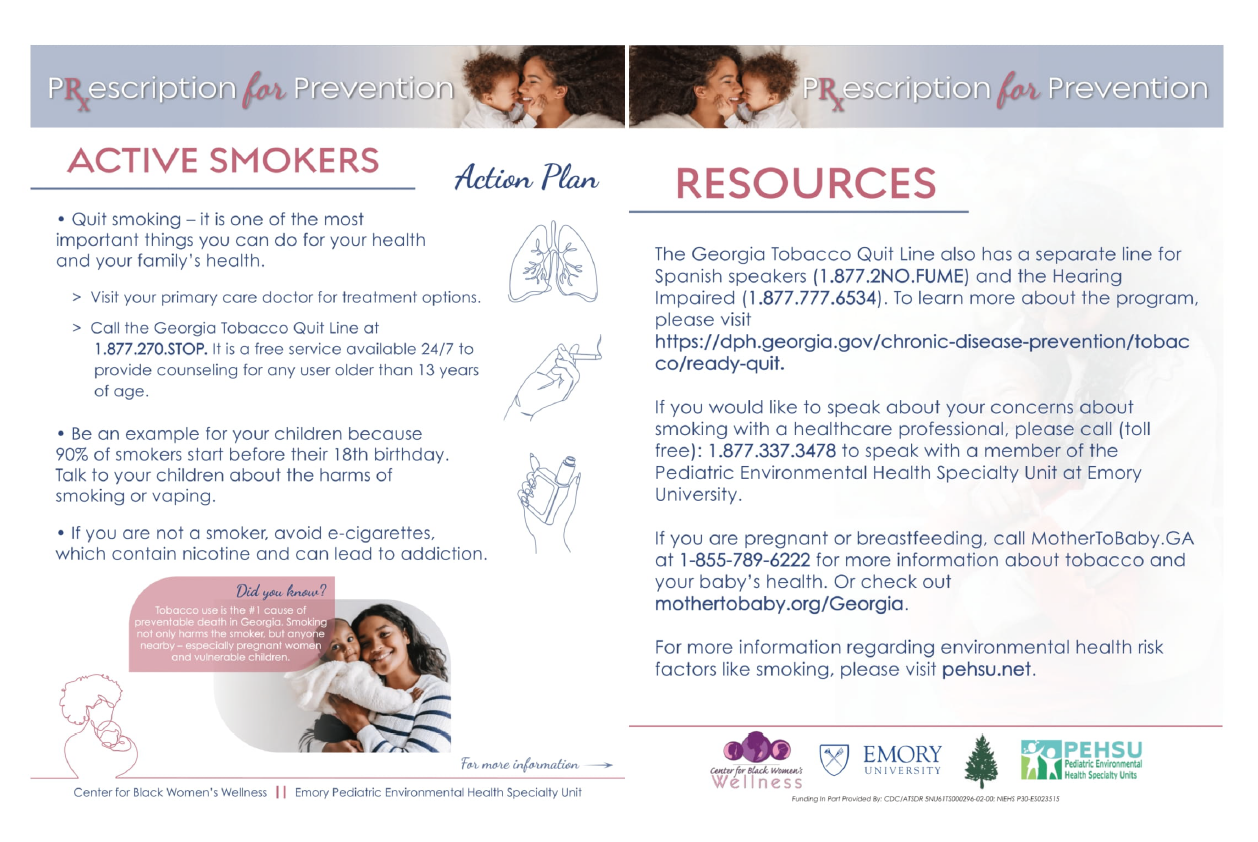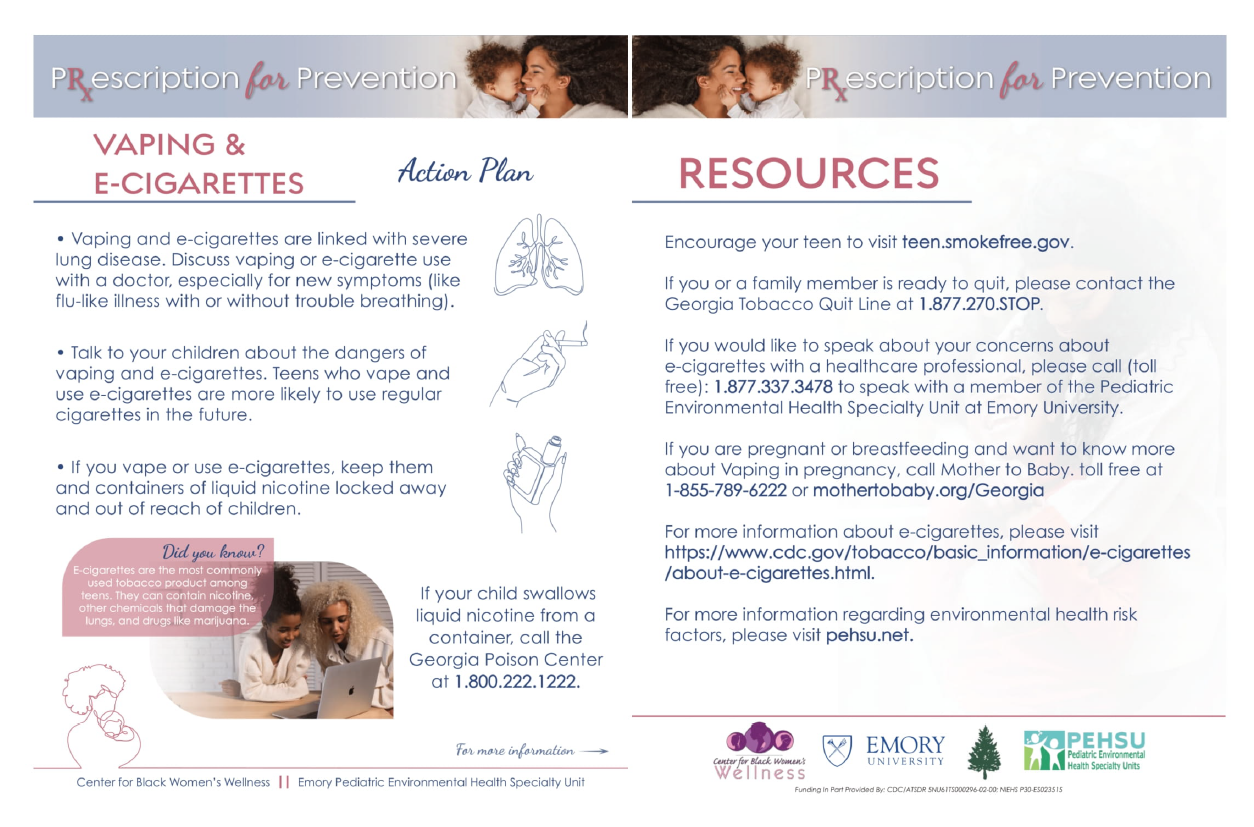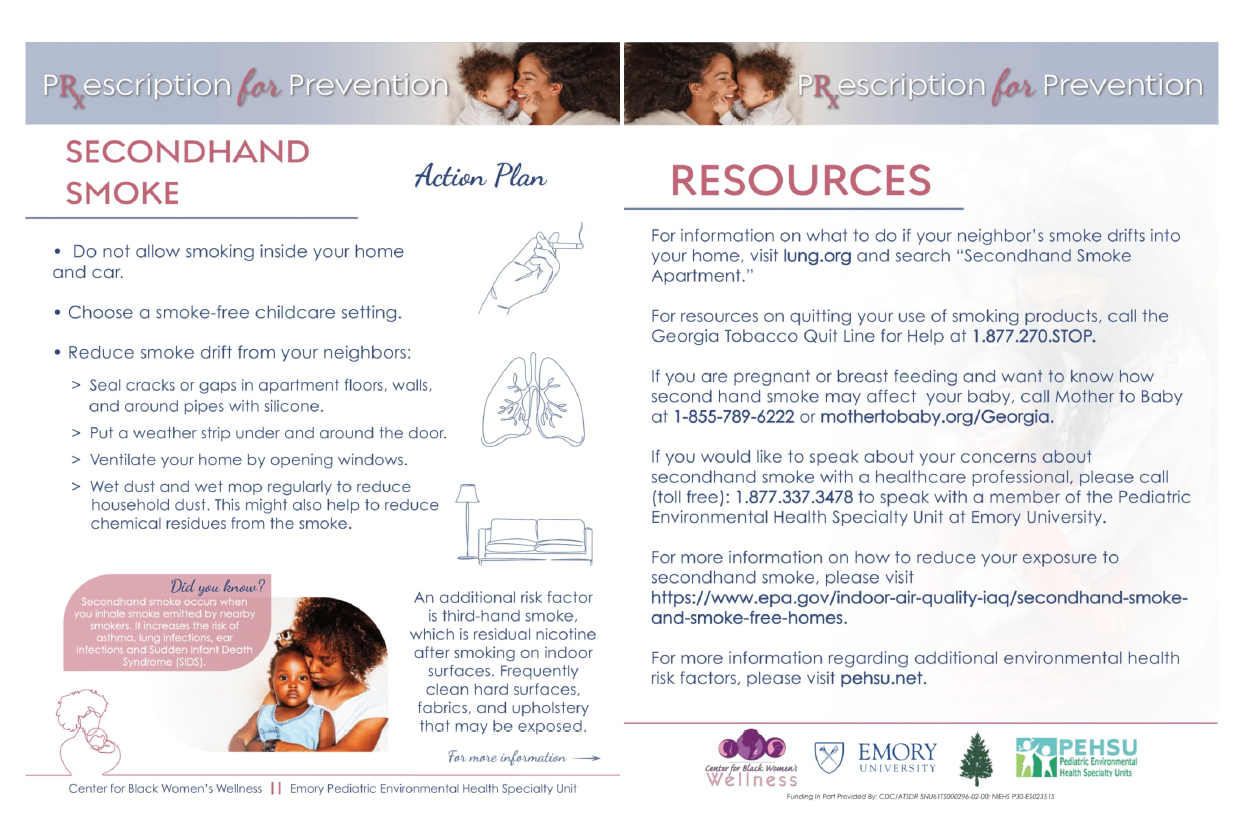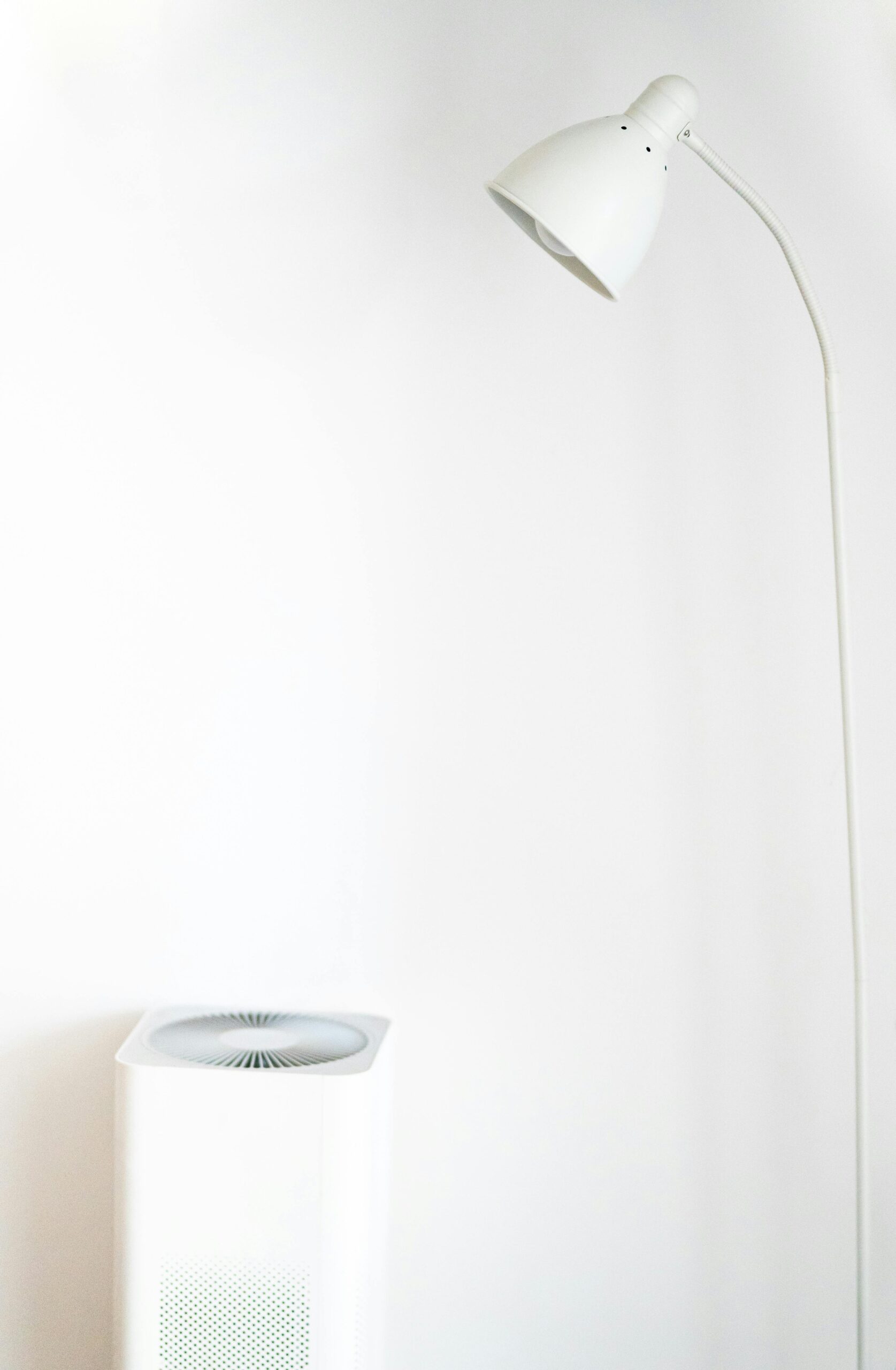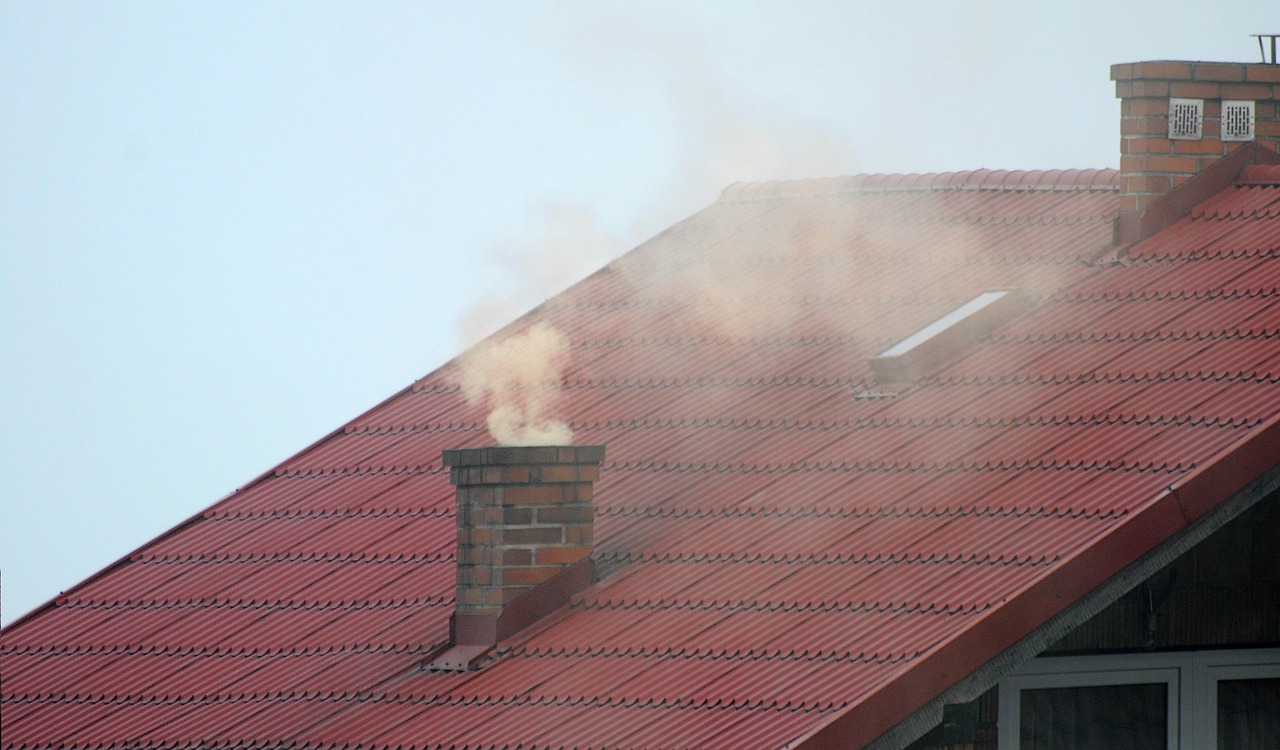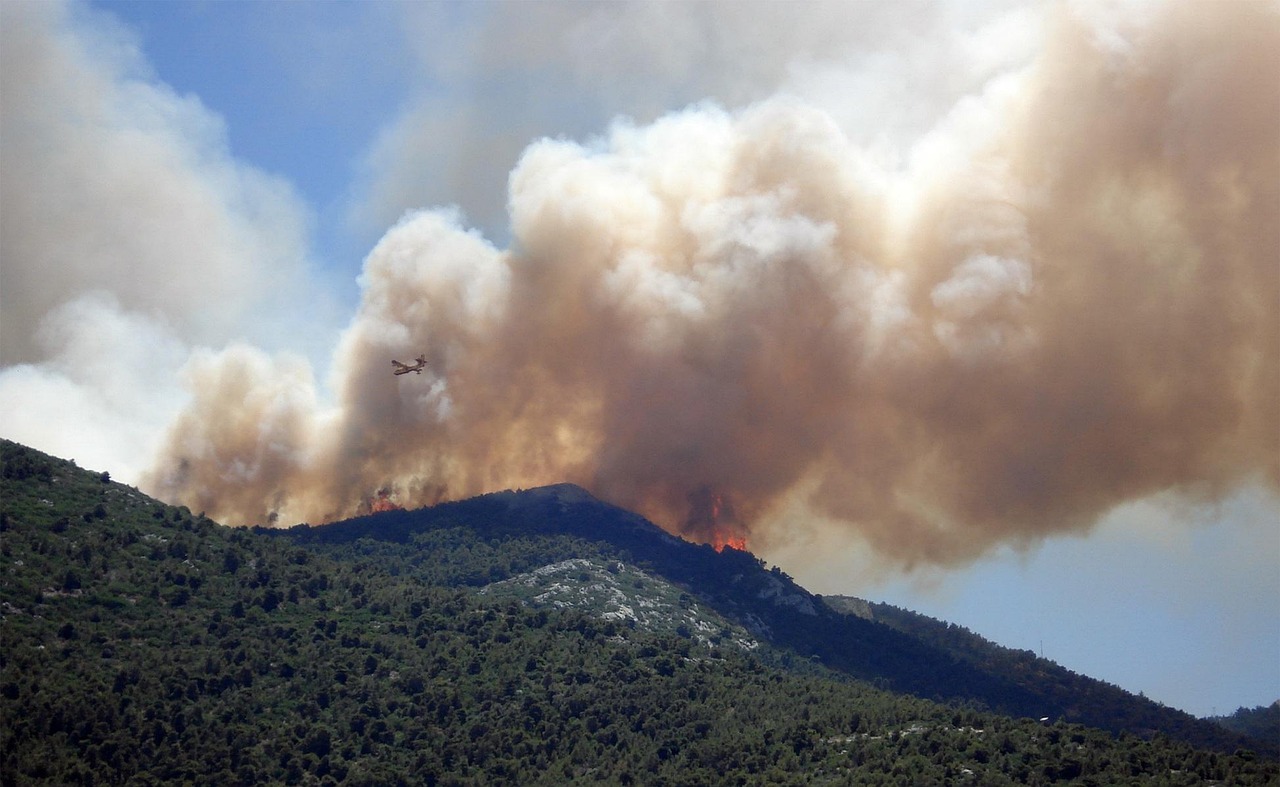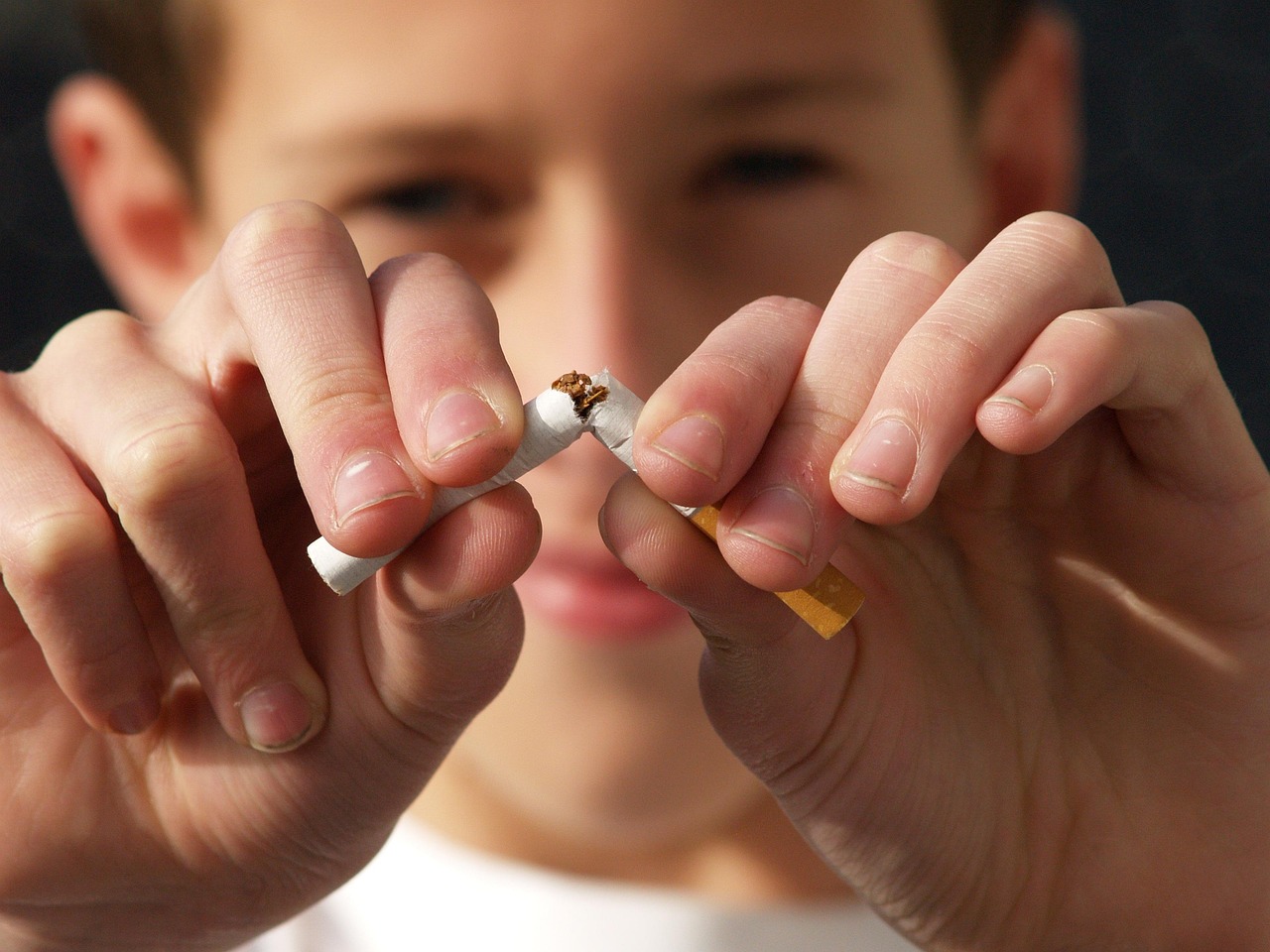

Air pollution is among the top environmental health threats in the United States. Children are uniquely vulnerable to air pollution because their brains, lungs and other organs are still developing. They breathe twice as fast as adults, often by mouth, taking in more pollutants than adults in the same environment. Air pollution can also worsen health conditions in children such as asthma and bronchitis. Some researchers are concerned that chronic exposure during periods of heightened vulnerability may impact long term cognition (1). Most people spend about 90% of their time indoors, where air can be 2-5 times as polluted as outdoor air (2).
Air pollution in the US specifically is estimated to cause 100,000-200,000 premature deaths per year (3). Associated costs estimates range from $100 billion to $820 billion per year (4, 5).
Because of policy and interventions like the Clean Air Act in the United States:
- In 1999, nearly 75% of all children in the US lived in areas with at least one priority toxic air pollutant over the national air standards, by 2021 this number was down to 59%. During that same time, children living in areas with annual PM2.5 exposures over national guidelines decreased from roughly 33% to only 8% (6).
The Good News: Health professionals can play an important role in protecting children from air-pollution-related illnesses. Being prepared and knowing steps to reduce exposure to air pollution can help keep your patients safe. Let them know they have the power to make meaningful change in their homes and schools, often at relatively low cost. Some areas have home visit services to help guide families with children who have asthma in making these changes. Subsidized air purifiers or other materials may be available.

What to Look For
Actions to Take
References:
- https://pmc.ncbi.nlm.nih.gov/articles/PMC11572473/
- https://www.epa.gov/iaq-schools/why-indoor-air-quality-important-schools
- https://depts.washington.edu/airqual/Marshall_126.pdf
- https://www.weather.gov/safety/airquality
- https://www.weforum.org/stories/2021/06/air-pollution-cost-america-healthcare-study/
- https://www.epa.gov/americaschildrenenvironment/key-findings-americas-children-and-environment

The PEHSU Newsletter
Receive periodic program updates and get the latest research and insights from our environmental health experts on reproductive and pediatric health.

